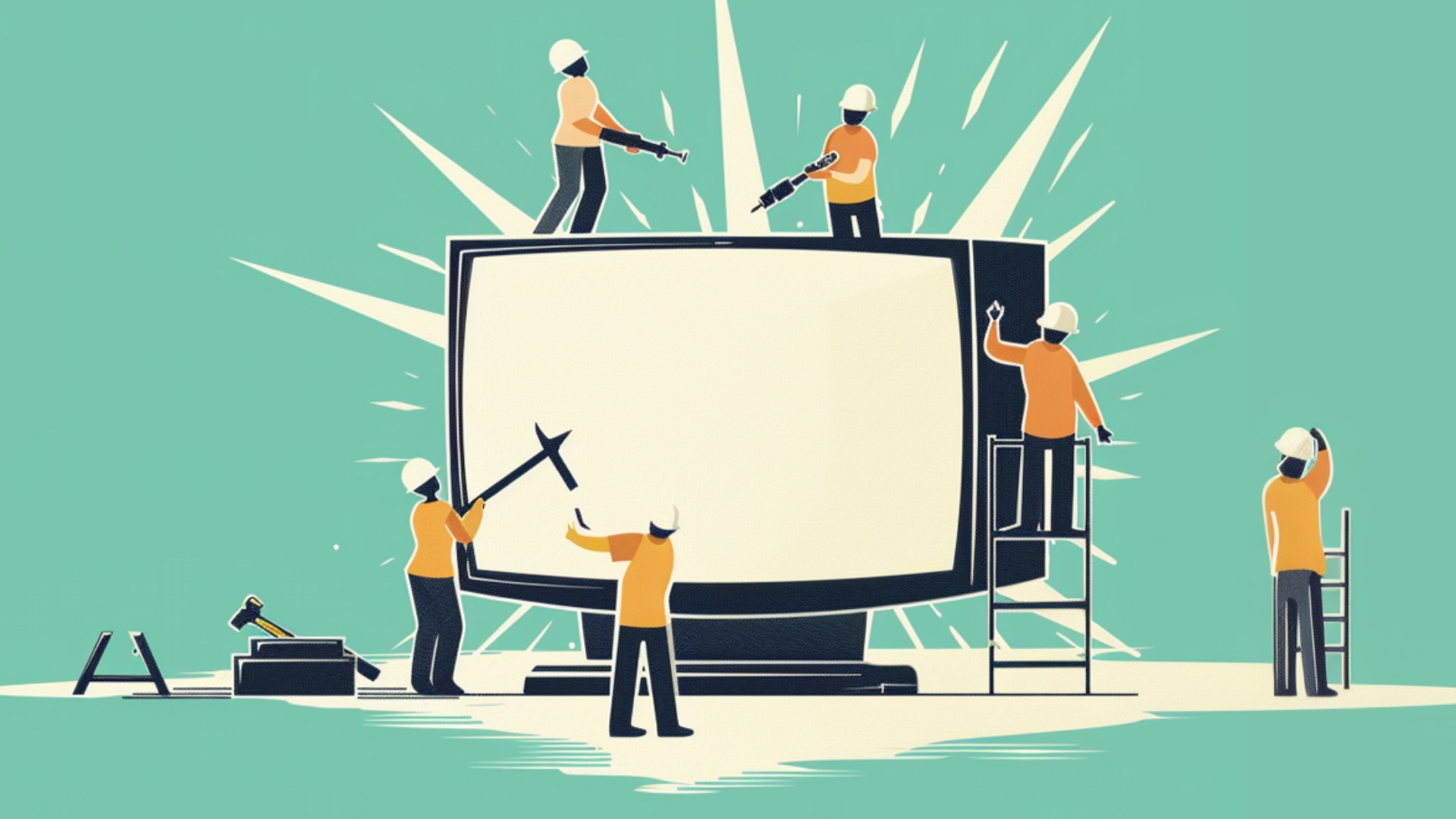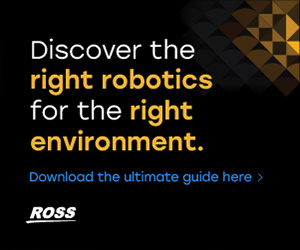Broadcast skills gap: The changing landscape of virtual production

Subscribe to NCS for the latest news, project case studies and product announcements in broadcast technology, creative design and engineering delivered to your inbox.
The broadcast industry is undergoing a significant transformation driven by advances in technology and engineering. This is particularly prescient in the realms of augmented reality and virtual production.
As these technologies become increasingly common in modern broadcasting, production teams face a pressing challenge: adapting to new roles and acquiring the necessary skills to leverage these innovations effectively.
“Virtual production and AR both have highly technical workflows. New skills and new teams need to be formed within production to oversee the deployment and operation of the Unreal scenes, LED, tracking, and much more,” said Adam Callaway, global lead of virtual production and broadcast at Brompton Technology.
This evolution is not just about adding new roles but fundamentally changing how production teams operate and collaborate. Integrating virtual technology requires a blend of traditional broadcast knowledge with skills more commonly associated with video game development and 3D modeling.
Emerging roles in broadcast production
“New roles are required, such as the virtual studio operator, AR graphics operator, and virtual technician. Camera tracking systems must be maintained and troubleshooted as required,” said Chris Izatt, director of innovation and virtual at AE Live.
These roles require a unique combination of technical expertise and creative vision.
Virtual studio operators, for instance, need to understand the principles of traditional set design, lighting design and the capabilities of virtual environments, especially inside of platforms like Epic Game’s Unreal Engine. AR graphics operators must be adept at creating and manipulating 3D graphics in real-time while also understanding how these elements integrate with live broadcast feeds.
The rapid pace of advancement has created a significant skills gap in the industry.
“Right now, there is a talent gap, with the demand for these skills being high but not enough trained professionals to meet that demand,” said Marcus Brodersen, CEO of Pixotope.
This gap is particularly evident in areas such as:
- Real-time rendering and game engine expertise
- Camera tracking and calibration
- Virtual set design and operation
- AR graphics creation and integration
- Data visualization for complex information (like election results)
Bridging this gap requires a multi-faceted approach involving both industry initiatives and educational programs.
Industry initiatives and training programs
Many companies are developing their own training programs to address the skills shortage. Brodersen mentions the Pixotope Education Program as an example of industry efforts to nurture the next generation of broadcast design professionals.
These initiatives often involve partnerships between technology providers, broadcasters and educational institutions. They aim to provide hands-on experience with the latest tools and technologies, ensuring that new entrants to the industry are prepared for the realities of broadcast production.
The role of traditional broadcast skills
While the focus is often on new technologies, it’s crucial to recognize that traditional broadcast skills remain fundamental.
“Broadcast production teams need to have the technical skills to set up and calibrate the tracking and cameras used; they are confronted with traditional SDI installations or modern streaming infrastructures,” said Martin Klampferer, product owner and R&D manager at Vizrt.
The challenge lies in blending these traditional skills with new technological competencies. Successful future production teams will likely be those that can seamlessly integrate classic broadcast techniques with virtual production methods.
“These technologies brought in a new convergence between traditional broadcast experience and real-time interactive developments. It offers many new opportunities for technical artists from different backgrounds to cross into the virtual production and broadcast territory,” said Xuan Seifert, VP of digital content at Sequin AR.
This convergence leads to more diverse and dynamic production teams, where specialists from various fields – broadcast engineering, computer graphics, data visualization and even video game development – come together to create immersive and engaging content, especially as viewers look to new platforms.
The impact on smaller broadcasters
While tier-one broadcasters may have the resources to build comprehensive in-house virtual production teams, smaller broadcasters face unique challenges adapting to these new technologies. However, solutions are emerging to make these tools more accessible.
“Cloud services and flexible licensing models can reduce the need for expensive hardware and limit software investments for the required time. With more powerful machines, it is also possible to run multiple components on one system,” said Klampferer.
These developments democratize access to advanced production techniques, allowing smaller broadcasters to compete with larger networks regarding production quality and innovation.
Future focus
As the industry grapples with the skills gap, artificial intelligence and automation are primed to be increasingly important.
“We’re seeing a lot of experimentation with how graphics and virtual elements can be used for immersive virtual experiences through technology like Meta’s and Apple’s headsets,” said Patrick Twomey, director of graphics product management at Ross Video.
AI-driven tools could help automate some of the more technical aspects of virtual production, allowing creative professionals to focus on storytelling and content creation. This shift may help to alleviate some of the pressure caused by the skills gap, particularly for smaller production teams.
As the broadcast industry continues to evolve, the skills required of production teams will undoubtedly continue to change.
“We anticipate virtual production evolving from an isolated component to an integral aspect of the media production workflow,” said Brodersen.
This evolution will require ongoing learning and adaptation from broadcast professionals at all levels. The most successful individuals and teams will likely be those who can blend technical expertise with creative vision and are willing to update their skills as new technologies emerge.
While the skills gap is a significant hurdle, it opens up new possibilities for innovation and creativity in content creation.
By investing in training programs, fostering interdisciplinary collaboration and embracing new technologies, the broadcast industry can bridge this skills gap and usher in a new era of engaging and informative content.
The evolution of broadcast production roles reflects broader changes in the media landscape, where the lines between different forms of content creation are increasingly blurred. As we move forward, the ability to adapt and collaborate across disciplines will be crucial to success in this dynamic field.
Subscribe to NCS for the latest news, project case studies and product announcements in broadcast technology, creative design and engineering delivered to your inbox.






tags
Adam Callaway, AE Live, Artificial Intelligence, Automation, Broadcast Automation, Brompton Technology, Chris Izatt, Epic Games Unreal Engine, Marcus Brodersen, Martin Klampferer, Mixed Reality, Patrick Twomey, Pixotope, Ross Video, Sequin AR, Virtual Production, Vizrt, Xuan Seifert
categories
Augmented Reality, Virtual Production and Virtual Sets, Broadcast Engineering, Featured